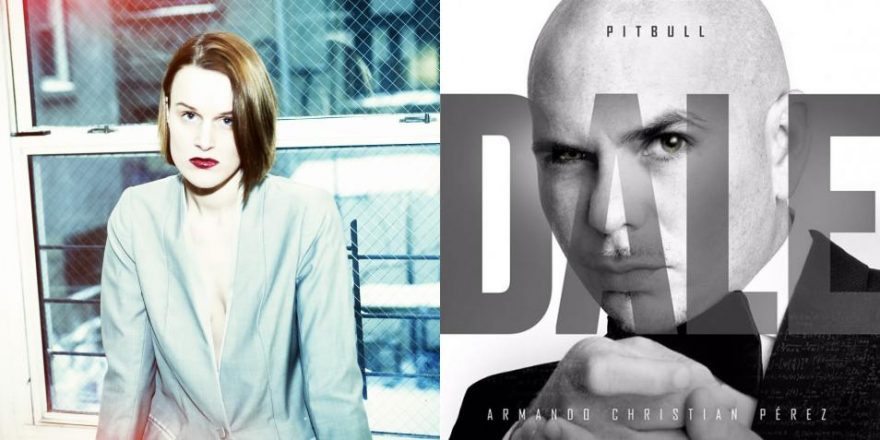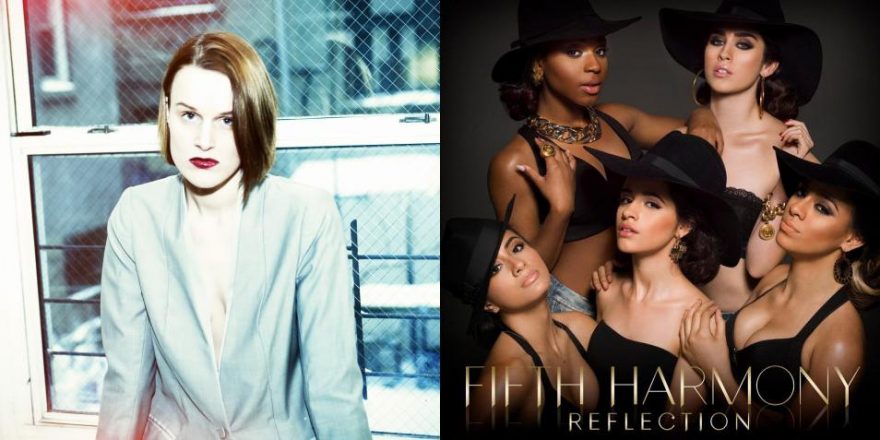How to Solve a Problem Like Pitbull
1. Say “Dale!”
2. Mumble 3 Spanish words
3. List 4 cities.
Congratulations, you’ve just made a Pitbull song.
— Twitter meme from 2012
“I’m the epitome of the American dream, the underdog, the fighter, the forever hungry, forever appreciative, that’s me. And no matter whether I speak Spanish, Portuguese, English, any language, we speak the most powerful language which is music. No matter what words we throw.”
— Pitbull, Billboard interview, July 15, 2015
Everybody loves to hate Pitbull. But what do we really know about the Miami-born Cuban-American rapper Armando Christian Perez? He appeared to sport a J-Lo-induced erection at the 2011 AMAs. His oeuvre includes possibly the worst song known to mankind, “Timber” (feat. Kesha). Pitbull endorsed Bud Light. He is also getting an autumn 2015 residency at the Planet Hollywood in Las Vegas. Pitbull, a renaissance man, is to Miami hip-hop culture what Giorgione was to the Venetian Renaissance: a true player, a founding father.
The Miami renaissance in the 2000s starts with Nip/Tuck and Jersey Shore’s second season. It culminates with the Real Housewives of Miami, Basketball Wives and the Art Basel Miami Beach art fair becoming the new second season of Jersey Shore. HBO’s current series Ballers — starring the Rock as a financial manager for misbehaving athletes — could be described as a mild aftershock to this pop cultural trend. I have never been to Miami, but according to TV shows, there’s the sleek, sexy Miami where people talk on the phone in sports cars, and then there’s the gritty and real, Hispanic Miami we saw on Louie when Louis C.K. visited Miami and had a borderline-homosexual infatuation with a local lifeguard who took the comedian to his buzzing Latino neighborhood.
Pitbull bridges the two Miamis. He started out in the streets as a self-made Latin hip-hop artist. In the video for “Culo” (2004), we see a jersey-wearing, fresh-faced Armando Perez rapping in Spanish at a block party, shouting “Culooo!” (“ass”), his raw power somehow reminiscent of the young Marshall Mathers. But Pitbull is no Eminem and, as his Latin rap albums weren’t really selling, he decided to switch gears and opt for Eurodance and a skinny-fit suit instead. Pitbull went from sounding and looking like Eminem to looking like comedian Jeff Ross but without the sense of humor. Lame? Sure. But there is no such thing as lame in the music industry: there is reinventing yourself and trying out new genres to attract new audiences; there is putting in the work. Pitbull put in the work and was elevated from spreading an anti-Castro message in the streets to contributing misogynistic rap cameos to Top 40 hits. Gotta love the music industry.
Dale (Cuban Spanish slang for “go for it”) is Pitbull’s tenth studio album and his second Spanish-language album. Brittany Spanos of Rolling Stone notes that unlike Pitbull’s previous Spanish-language album, 2010’s Armando, Dale “skips EDM and Southern hip-hop almost entirely in favor of a fuller Latin-fusion sound.” Whenever an artist we know and love (Christina Aguilera, Natalie Cole, Fifth Harmony, Jennifer Lopez) puts out a Spanish-language album, we, the white people, shiver over the realization that there is a whole other market somewhere that doesn’t care about our Anglo-American desires and dispositions. The Los Angeles Times recently published an article about Latinos outnumbering whites in California and New Mexico. Turns out that English-language albums might soon become the new niche products. And as an immigrant, I am all for that — even if Donald Trump doesn’t approve.
Pitbull’s music remains atrocious, whatever the language. My dream Spanglish Pitbull album sees him going into more of a will.i.am direction, but Dale could be described as rather conventional, vocal-oriented and flat-sounding. What makes Dale good is its focus on collaboration (over ten featured artists). It’s as if Pitbull has made it his mission to support Hispanic artists overlooked in the U.S. by giving them airtime on his album. I am reminded of Deleuze and Guattari’s concept of “minority literature” (and music), which means avoiding “becoming fascist.” According to D&G, minority politics begins with the experience of those who exist in cramped spaces — in this case, overcrowded Latino neighborhoods. Pitbull also becomes what they call a “postmodern author,” his own voice being only one of the many featured voices. He says his intention for Dale was evoking a party atmosphere, and the multitude of collaborators adds to the overall feeling of euphoria.
“Baddest Girl in Town,” the third single off Dale, puts me in a Eurovision state of mind. Imagine if The-Dream were Latino and featured in a Hot Cheetos commercial. “Baddest Girl” is apparently also huge at Zumba classes all over the U.S. I have never been to a Zumba class, but according to Youtube, it’s all about having a fitness party and dancing your ass off with a bunch of other people doing the same moves. Sedentary, bitter internet commentators like me wouldn’t belong — we belong in the solitary glare of the computer screen. Another highlight, “No Puedo Mas,” pays a tribute to the ’80s and the Human League’s “Don’t You Want Me.” As a massive Human League fan, I am left wondering about the general evolution of pop music and how this post-punk synth-pop act from Sheffield managed to penetrate Pitbull’s conscious mind. I am also thinking about all the other references on the album that I might not get because of my general lack of knowledge when it comes to Hispanic music. As listeners of new music, we often only respond to what we have already heard.
The best moment on Dale is — hands down — track three, “El Taxi.” It’s Pitbull’s collaboration with Cuban reggaeton singer Osmani García, whose track “Chupi Chupi,” an unabashed ode to oral sex, was denounced as degenerate in November 2011 by Cuban Minister of Culture Abel Prieto. García made headlines by writing a letter of complaint back to the Minister and has since become a local Pitbull in his own right. In the video for “Taxi,” Osmani is driving around Havana (?) with three stunners who like to read in cars and have red wine poured on their bodies. One of the girls also has to fill in and lip-sync for Pitbull, who couldn’t make it to the video shoot in his homeland. This whole aesthetic is close to my heart, in many ways reminiscent of the Eastern European pop music stratosphere I grew up surrounded by in the ’90s in Estonia.
Osmani García and the girls seem like they’re actually having fun. But Pitbull is not going to have fun, since at this point it’s all about continuing to put in the work: another album, a TV appearance here, an endorsement there. But this is exactly why we love America, land of the free, where you can have a widely successful career with an artist name like Pitbull.








